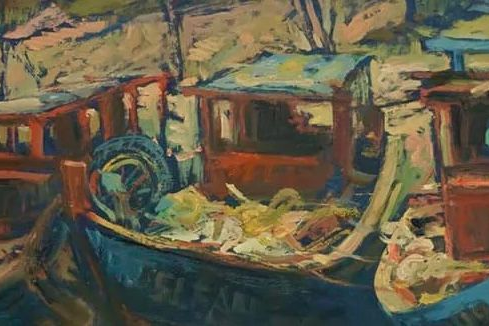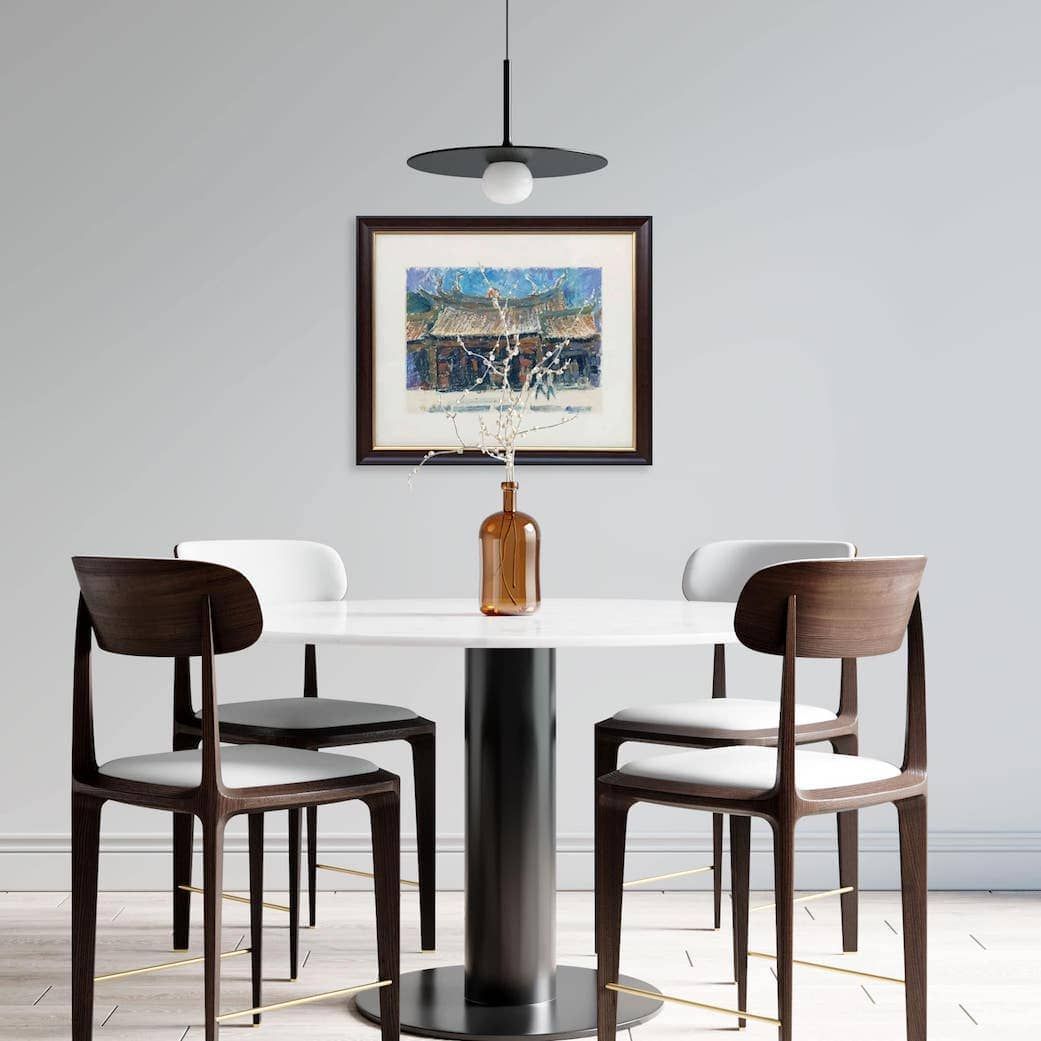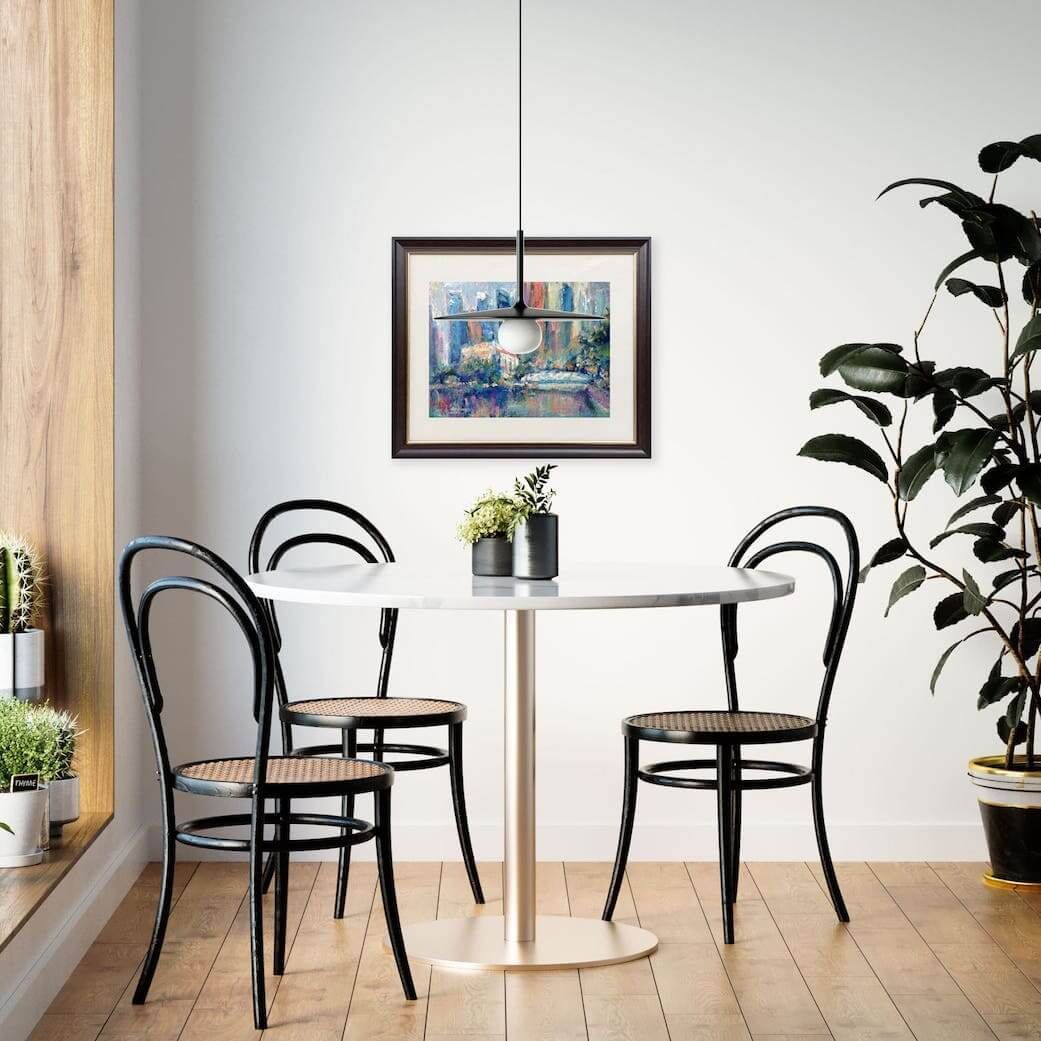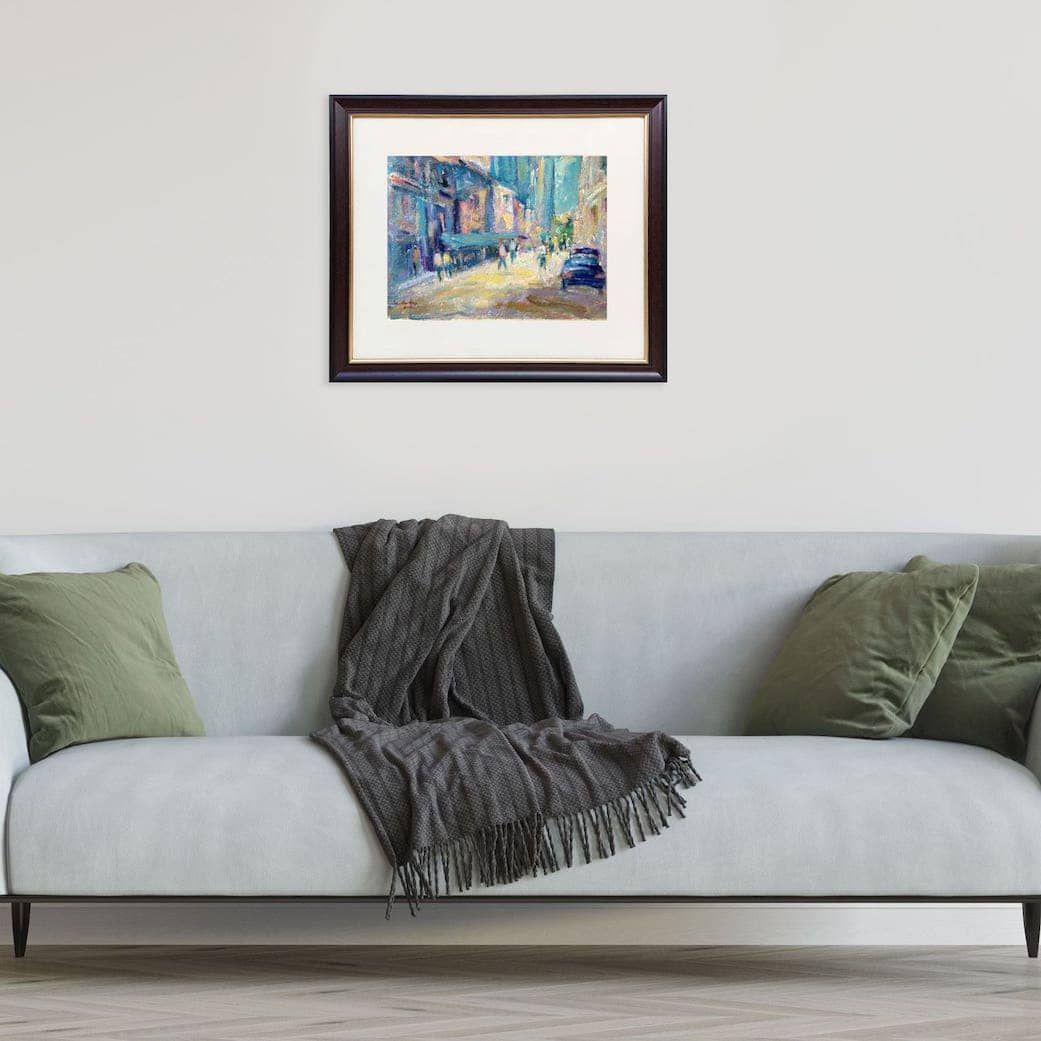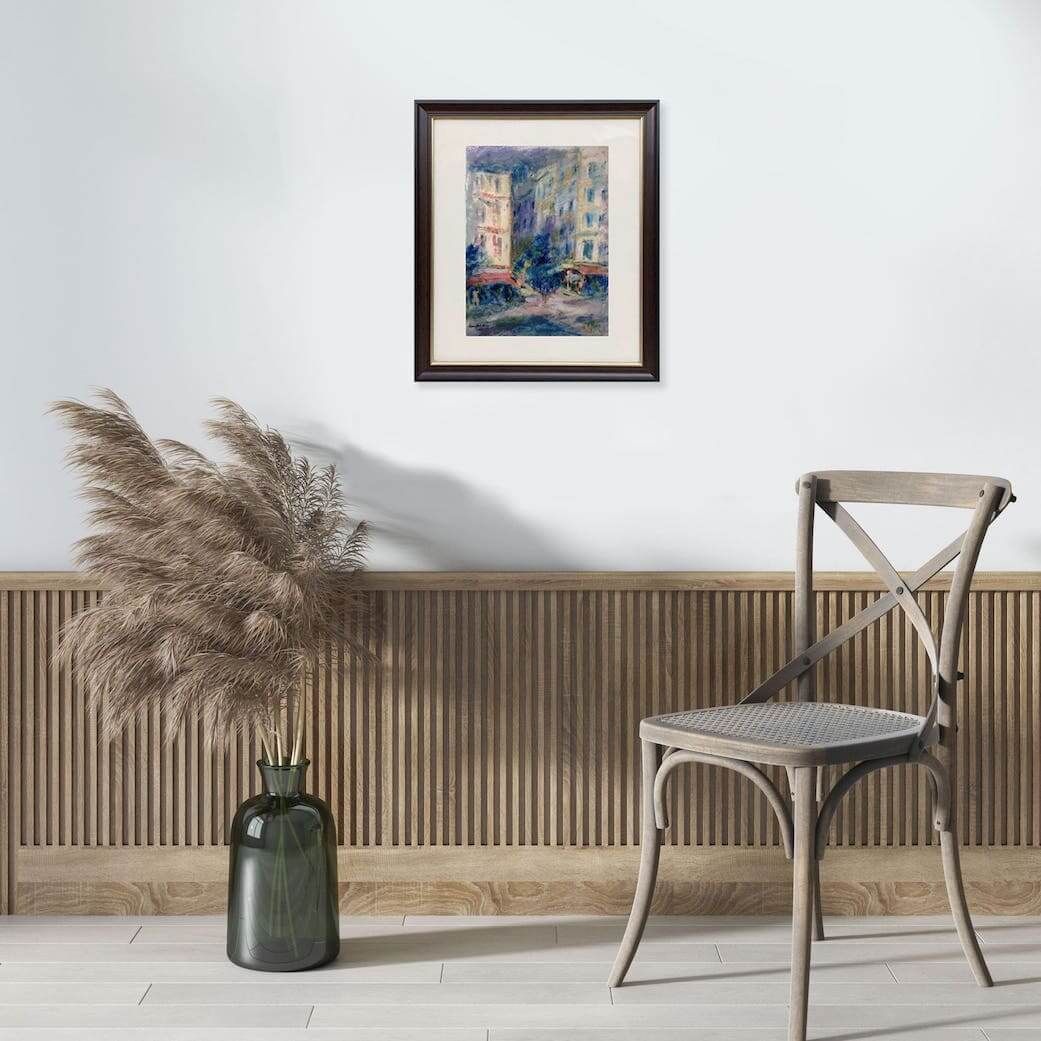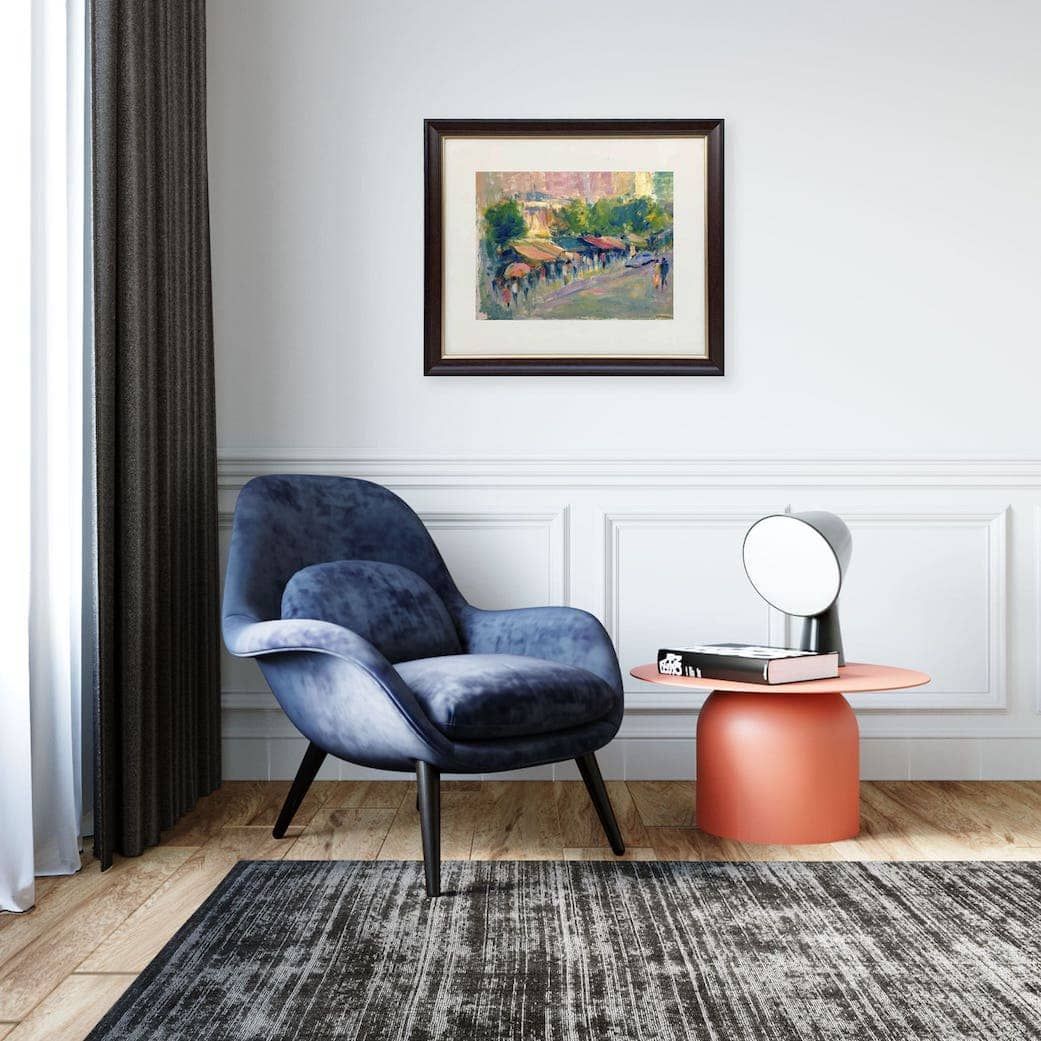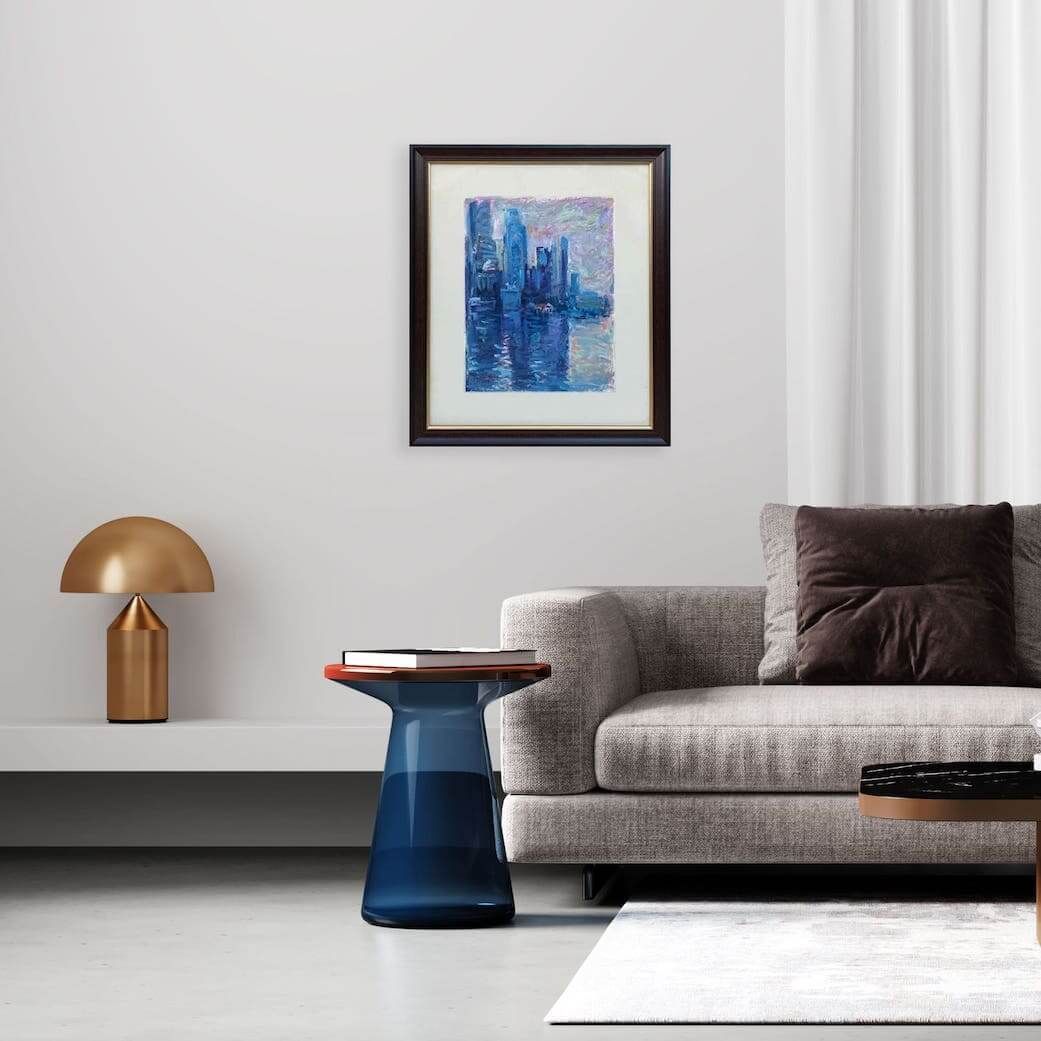How to Start Buying Art
How Do I Start Buying Art? A Friendly Guide to Starting Your Art Collection!
Ever walked into a gallery or scrolled through an online art marketplace and felt a little overwhelmed? You are not alone! Many people love the idea of owning art, but the "how" can feel like a big mystery. Whether you are looking to beautify your home, invest in your passion, or simply explore the vibrant world of art, you are in the right place. In this friendly guide, we will walk you through the steps to begin your art-buying journey, including tips specifically for those of you in Singapore. Let us dive in!
Common Myths About Buying Art
Let us bust a few myths that might be holding you back.
- Myth: “I need to be rich to buy art.”
Truth: Many original artworks and prints are affordable—even under $100.
- Myth: “I need to know a lot about art.”
Truth: Start with what you love. Your taste matters more than textbook knowledge.
- Myth: “I might get it wrong.”
Truth: There is no “wrong” art if it makes you feel something. Every collection is personal.
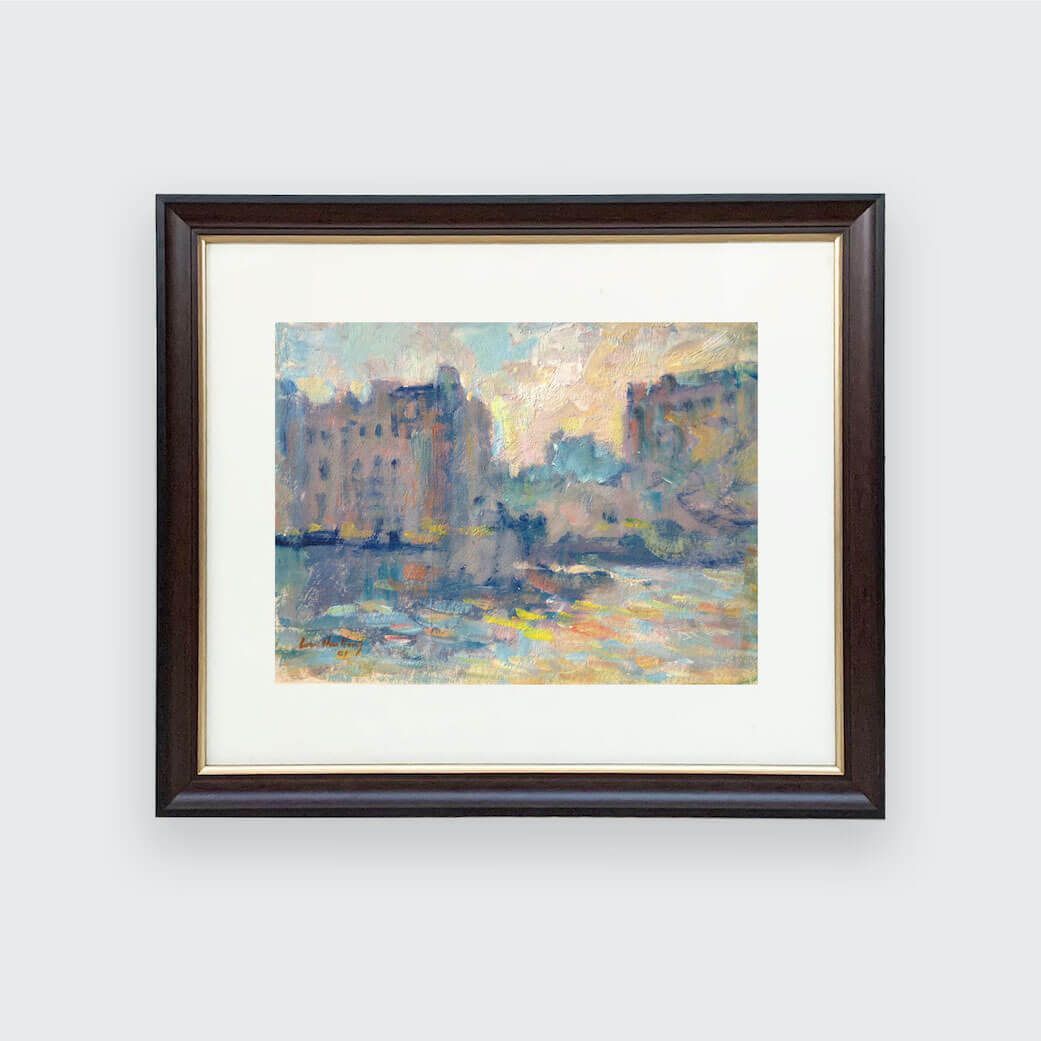
Why Buy Art?
Before we dive into the “how,” let us take a moment to answer the “why.” Buying art is more than just an aesthetic choice. It is:
- A form of self-expression
- A way to support artists and creative communities
- A meaningful investment—emotionally and sometimes financially
- A chance to create a personal atmosphere in your home or office
Once you start collecting, you will find that art can be a lifelong passion that enriches your daily life.
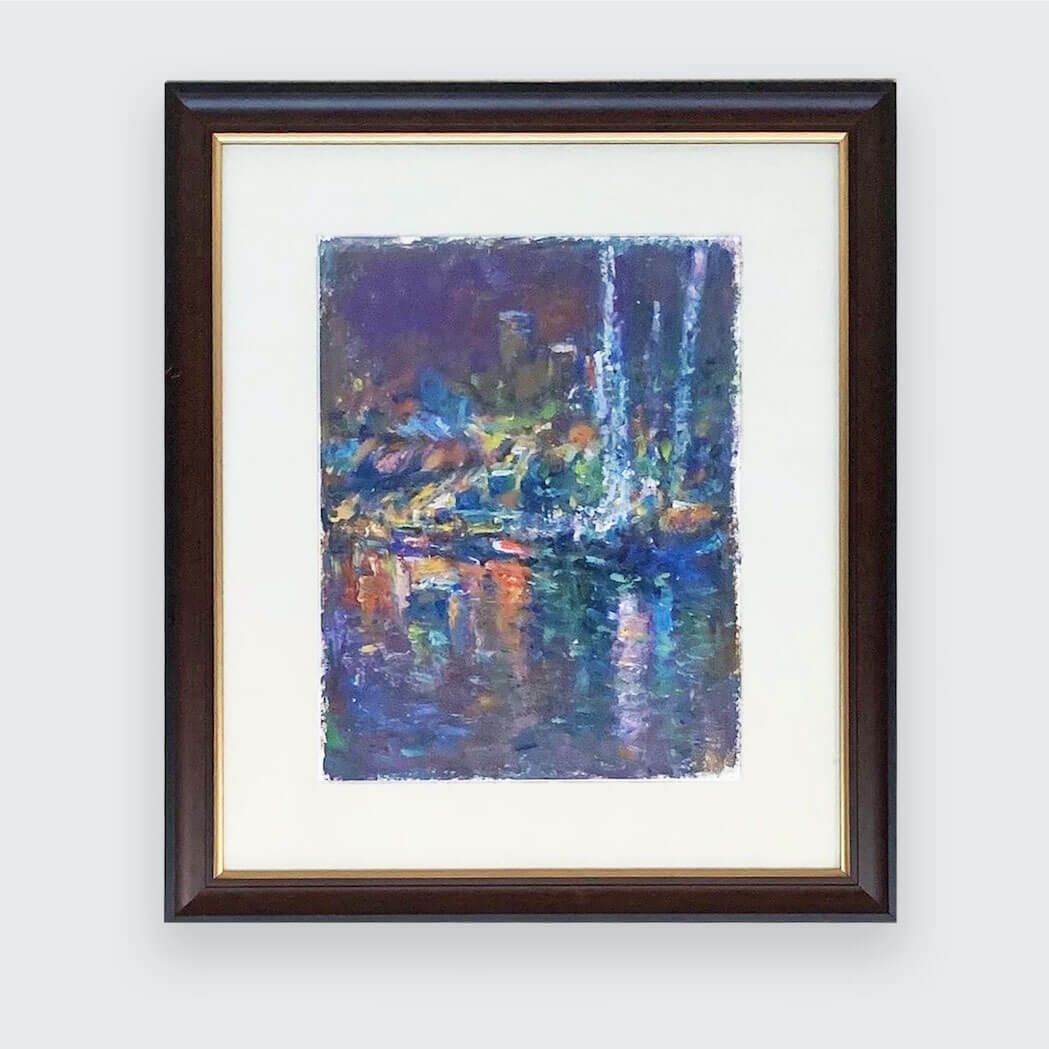
How Do I Start Buying Art? Let Us Break It Down!
More Tips to Keep in Mind
Start Small (and Build)
Do not rush into buying the first piece you see. Enjoy the process of discovery and exploration in the art world.
Begin your collection with smaller pieces or limited edition prints that are more affordable and can still add character to your space.
As your confidence grows, so can your collection.
Trust Your Taste
Choose art that resonates with you personally, rather than focusing on how it matches your decor.
The best collections come from a place of curiosity and emotional connection.
If a piece speaks to you and fits your budget, trust that and feel confident in making the purchase, regardless of its perceived value.
Over time, you will naturally develop your own collecting style.
Connect with Artists and Other Art Lovers
Participating in artist talks and workshops can provide invaluable insights into the creative process.
You will gain a deeper understanding of the art you love, and you might even find a piece that you cannot resist purchasing!
Reach out to artists whose work you admire.
Establishing a connection can lead to exclusive opportunities, such as purchasing their work and even commissioning custom pieces.
Engage with gallery staff, artists, and other art lovers.
Their insights can enhance your understanding and appreciation of art.
Keep Learning
Engage with the art community by following artists and galleries on social media, reading blogs and books, and attending exhibitions.
Continuous learning will deepen your appreciation and improve your decision-making.
Enjoy the Journey
Remember that buying art is a journey, not just a one-time event. Embrace the experiences and connections you make along the way.
These tips provide a comprehensive guide for both new and experienced collectors, emphasising the importance of personal connection, continuous learning, and enjoyment in the art collecting process.
Conclusion
Buying art can feel intimidating at first, but it truly does not need to be. It is an incredibly rewarding journey that enriches your home and your life.
It is about connecting with creativity, supporting artists, and building a collection that reflects who you are. Think of it like building a playlist—your taste grows and evolves over time.
You will make some bold choices, some quiet ones, and together they will tell a story that is uniquely yours.
Whether you are buying art in Singapore or anywhere else in the world, the art community is welcoming and eager to share its passion with you.
Start by exploring, asking questions, and trusting your instincts. And most of all—enjoy the process.
If you are ready to start browsing, check out our store on All Our Art, where we make art buying approachable, personal, and joyful.
With this guide, you are well on your way to understanding how to start buying art.
If you have any questions or need further advice, feel free to reach out. We are here to help you navigate the beautiful world of art!
